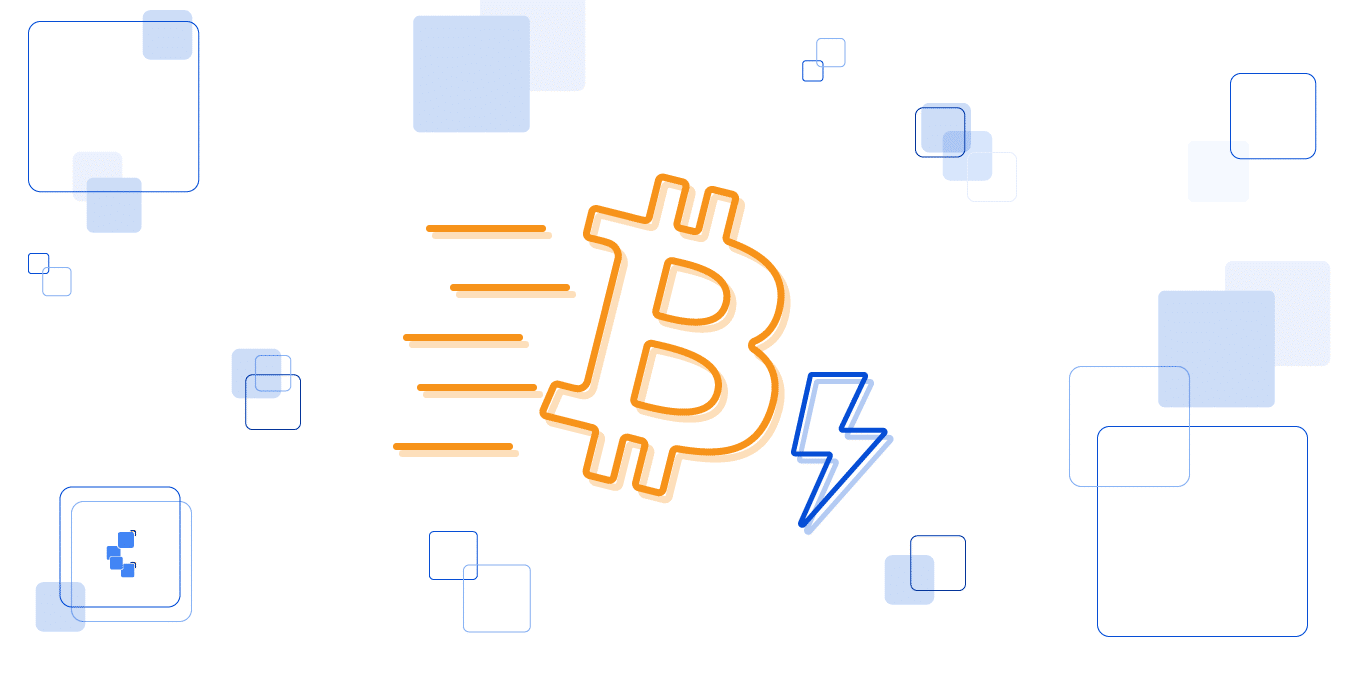The crypto space brought to the world a revolutionary method of conducting transactions, allowing users to send money quickly and without an intermediary. However, the ecosystem is still young and is still looking for solutions for its scope.
Although Bitcoin is the largest cryptocurrency on the market, it is not exactly the cheapest or the fastest to transact. From this need the Lightning Network is born.
What is the Lightning Network?
Lightning Network is a protocol designed to solve Bitcoin scalability problems, fulfilling the role of a second layer on top of the Bitcoin network. This medium opens the doors for instant transactions and with very low commissions.
Before delving into the Lightning Network, it is necessary to understand two facts:
1)Bitcoin was created as a payment system, seeking to be the greatest exponent of digital money.
2) Bitcoin’s scalability issues make this approach impossible. The network has to evolve to become a universal option.
The Bitcoin network processes 7 to 8 transactions per second, which makes it unfit to lead a global payment system. If the network is overloaded with transaction traffic, mining fees will be more expensive.

How does Lighting Network work?
Lightning Network is based on a few technical factors:
The Lightning Network requires a cryptocurrency to be non-malleable, making it impossible for a third party to change transaction data during confirmations.
SegWit (Segregated Witness) was the first to ensure the non-malleability of assets such as Bitcoin and Litecoin. This soft fork was the first step towards a development and scalability path. Adhering to such principles, the Lightning Network was implemented in the ecosystem.
The Lightning Network works through payment channels, which are the Lightning Network and the key to enabling unprecedented scalability in Bitcoin.
Why is scalability important?
Many people question the need to improve scalability in a network as powerful as Bitcoin. The truth is that it simply seeks to establish smaller commissions on faster transactions.
The excess of traffic in the Bitcoin network generates a series of “queued transactions”, which makes miners prioritize those with higher commission rates, thus benefiting them. In this case, wanting a faster transaction boils down to paying more Bitcoin to have it.
Without worrying about scalability, commissions will be very high and small payments will not be possible, since the miner fee could be even higher than the amount to be sent.
